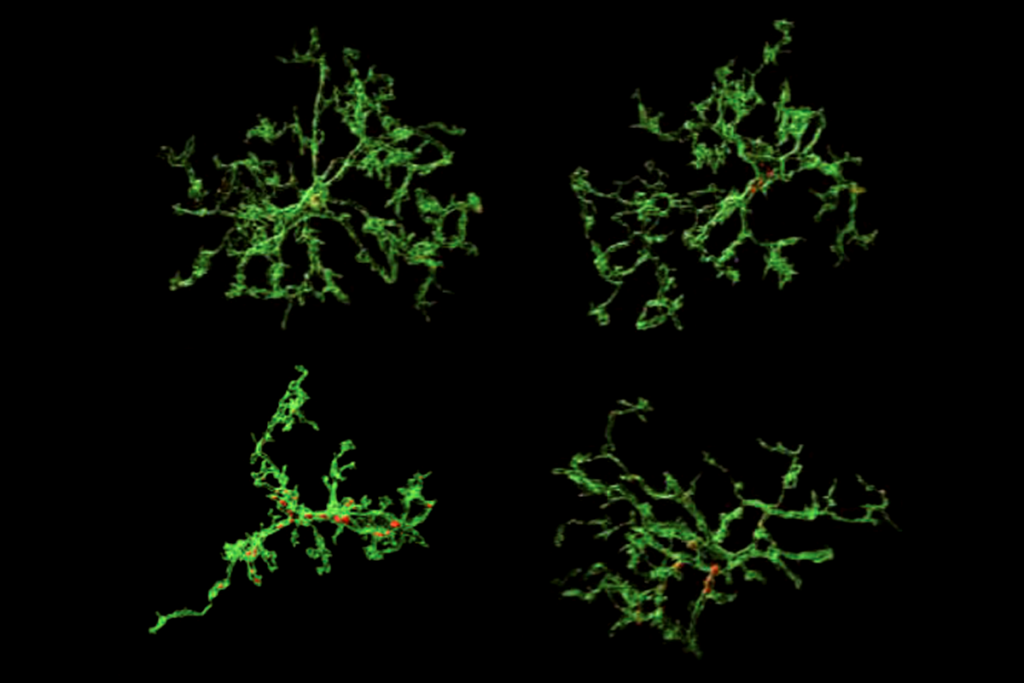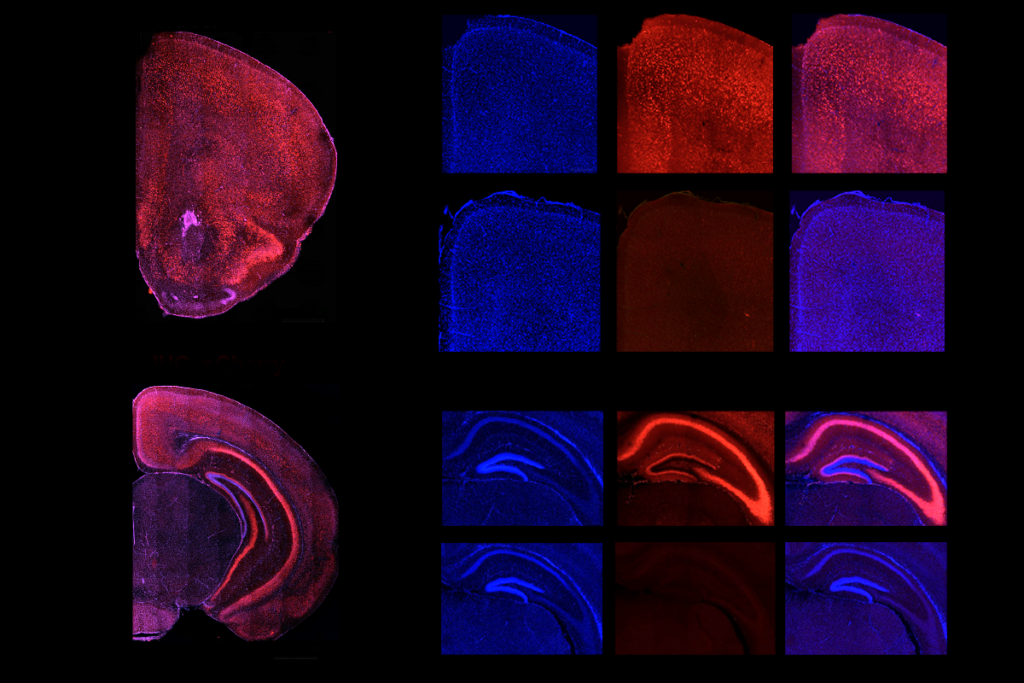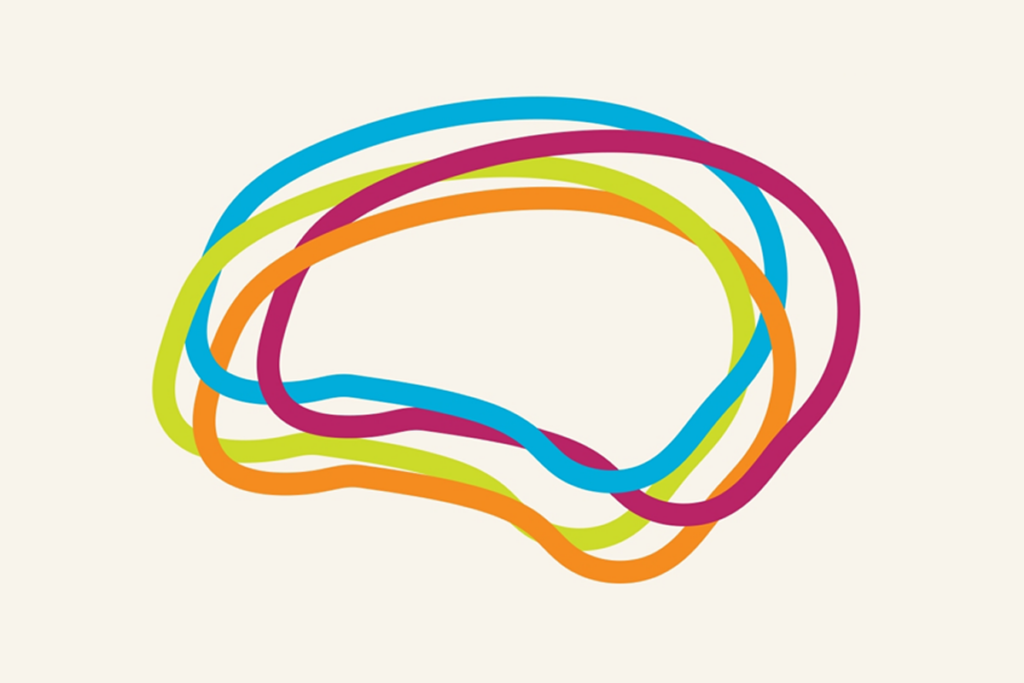Cognition and behavior: Language gene alters brain activity
Individuals with autism-linked variants of a language gene use regions in the brain’s right hemisphere, rather than the left, to process language, according to a study published 10 October in The American Journal of Medical Genetics Part B.
Individuals with autism-linked variants of a language gene use regions in the brain’s right hemisphere, rather than the left, to process language, according to a study published 10 October in The American Journal of Medical Genetics Part B1.
The results suggest that alterations of CNTNAP2 may lead to the abnormal patterns of brain activity that are characteristic of autism.
Several studies have associated some common variants of CNTNAP2 with autism. For example, a 2010 study found that one autism-linked variant of the gene leads to abnormal connections between different brain regions. The variant most associated with autism is present in about one third of the population, and can lead to language delay in otherwise typical individuals.
In the new study, researchers looked at two variants of CNTNAP2 that have been associated with autism and language delay in 66 typical individuals. Among the participants, 8 have two copies of the T type of the rs7794745 variant and 16 have two copies of the C type of the rs2710102 variant, both of which are associated with autism. The rest have versions of the two variants that are not associated with autism or language delay.
The researchers showed the participants a sentence with a missing final word and asked them to press a button when they had completed the sentence in their heads. The participants later wrote down the word they had chosen on a form. For example, one sentence read, “He mailed the letter without a ____.”
The participants with the autism-linked variants took just as long to respond to the task and chose words that are just as appropriate as the controls did, the study found. But during the task, they showed more activity on a functional magnetic resonance imaging scan in brain regions associated with language in the right hemisphere of the brain. By contrast, the controls showed typical left hemisphere activity in these regions.
For example, individuals with the T type of the rs7794745 variant showed greater activation of the right middle temporal gyrus compared with those who carry the other versions of this variant. The researchers also saw more activation in the right inferior frontal gyrus in individuals with the C version of the rs2710102 variant compared with those who have other versions of the variant.
Individuals with autism who carry either of these variants might show even stronger effects in these brain regions when processing language, the researchers say.
References:
1: Whalley H.C. Am. J. Med. Genet. B Neuropsychiatr. Genet. 156B, 941-948 (2011) PubMed
Recommended reading

Constellation of studies charts brain development, offers ‘dramatic revision’

Functional connectivity links with autism, not ADHD; and more

Ramping up cortical activity in early life sparks autism-like behaviors in mice
Explore more from The Transmitter

‘How to Change a Memory: One Neuroscientist’s Quest to Alter the Past,’ an excerpt
